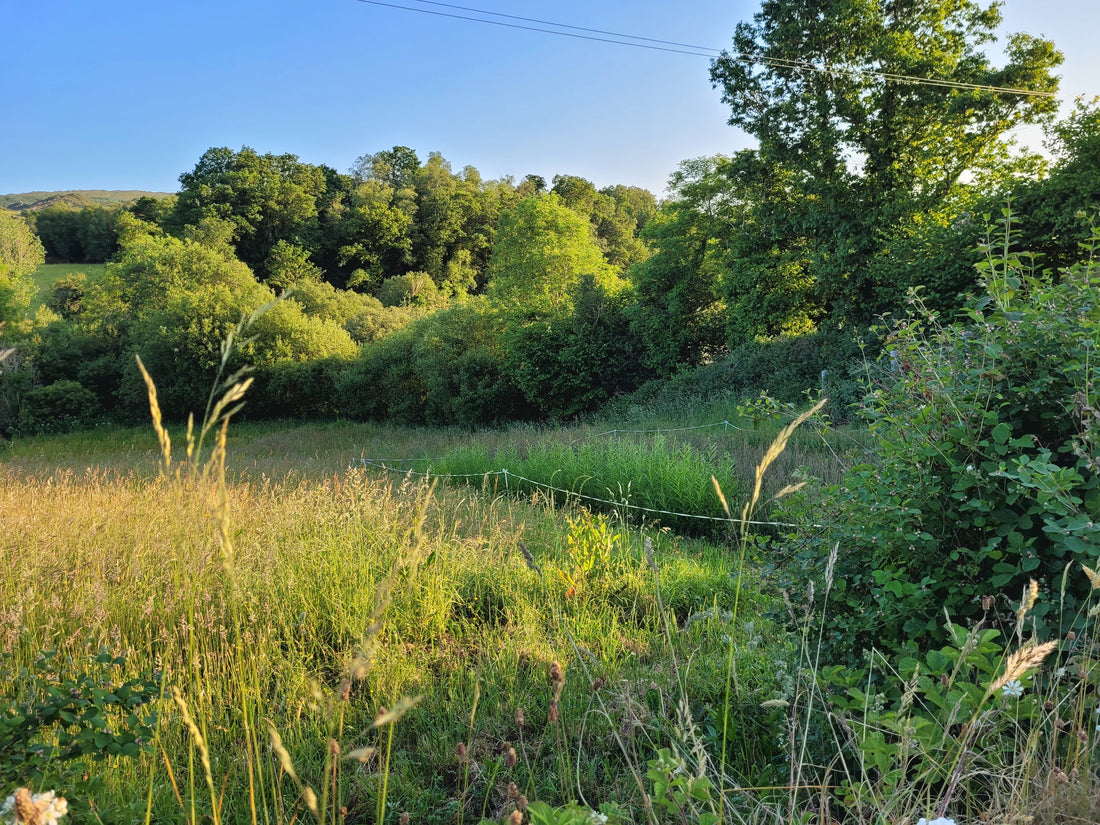Ever wondered how much work goes into growing and cultivating a willow farm? The answer depends entirely on the time of year.
Winter: Harvesting Begins
December rolls around, and the Christmas rush is behind us—baskets are packaged, sold, and sent off to markets and shops. Now, we turn our attention back to the willow.
By this time, most of the leaves have fallen, and the sap has retreated into the roots for winter. That’s our cue: it’s harvesting season. One by one, we cut the willow rods. Even before they dry, their colours are striking— often the only bright splash on an otherwise dull winter day.
After cutting, the willow needs grading. This means sorting it into bundles by height, making it easier to select the right sizes throughout the year. Then comes drying. Some bundles are left outside for a period of time before storing, some go straight inside. Why? Because different conditions bring out different colours. Some varieties hold their vibrancy best in the dark, others in the light. The only way to know for sure is through experience—year after year of experimenting. The drying space must be airy yet dark to prevent mold and damage.
Spring: Planting New Growth
Once the harvest is complete, it’s time to plant. First, we lay down plastic to suppress the grass. Ideally, we’d leave it for about a month before planting, but nature sets the schedule, not us. By late March or early April, we take cuttings of the varieties we want to expand and those we've exchanged with other weavers—think of trading fancy paper back in the ’80s and '90s
To protect our young willow, we surround the new planting area with an electric fence. Our local deer have excellent taste and would happily feast on the tender buds if given the chance.
Year-Round: Preparing Willow for Weaving
Once willow is fully dried, it needs to be soaked before weaving. But why dry it just to soak it again? Because fresh (or "green") willow shrinks as it dries, which can loosen a finished weave and shorten a basket’s lifespan.
We submerge dried willow in fresh water, leaving it to soak until it's flexible enough to work with. The general rule is one day of soaking per foot of willow, but in reality, many factors affect the process—temperature, thickness of the rods, and maybe even the direction of the wind (or at least, it feels that way sometimes).
To speed things up, we can use a steamer, but only by about a third of the total soaking time. Over-soaking is risky—it leads to slimy willow with bark that rubs off and breaks. Once perfectly soaked, the willow is ready to weave, but only for a few days. Proper storage is key—it needs to retain moisture but still have slight airflow to prevent mold.
And Finally… We Weave
After all that work, it’s time to create. Basketry is a craft of patience and rhythm, of tradition and learning. You try and rush willow and it will push back. It's many a weaver who's had a slap of a sallie rod across the face. When a finished basket finally takes shape, it carries the story of the seasons—the quiet of winter, the renewal of spring, and the careful hands that guided it along the way.

